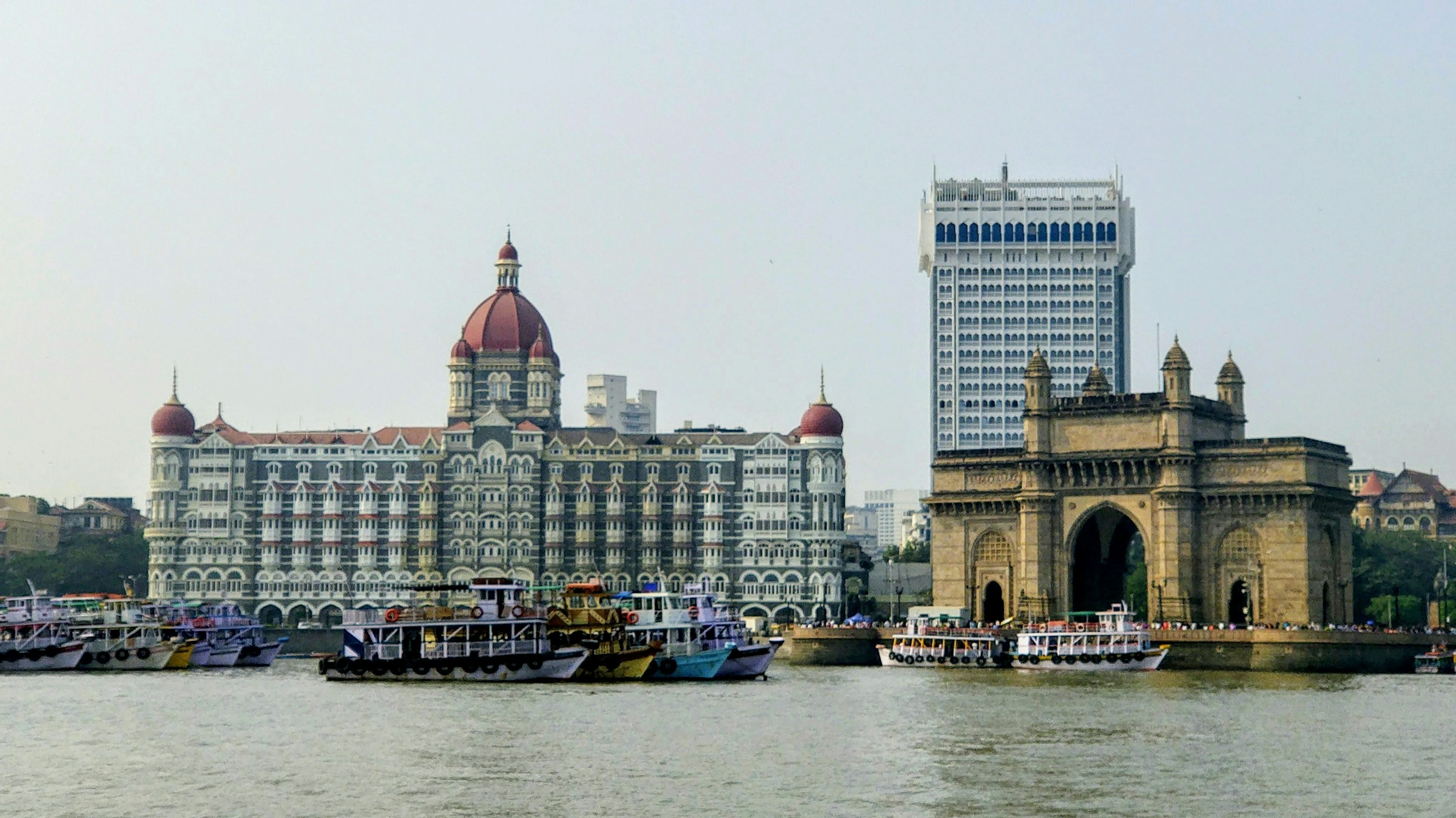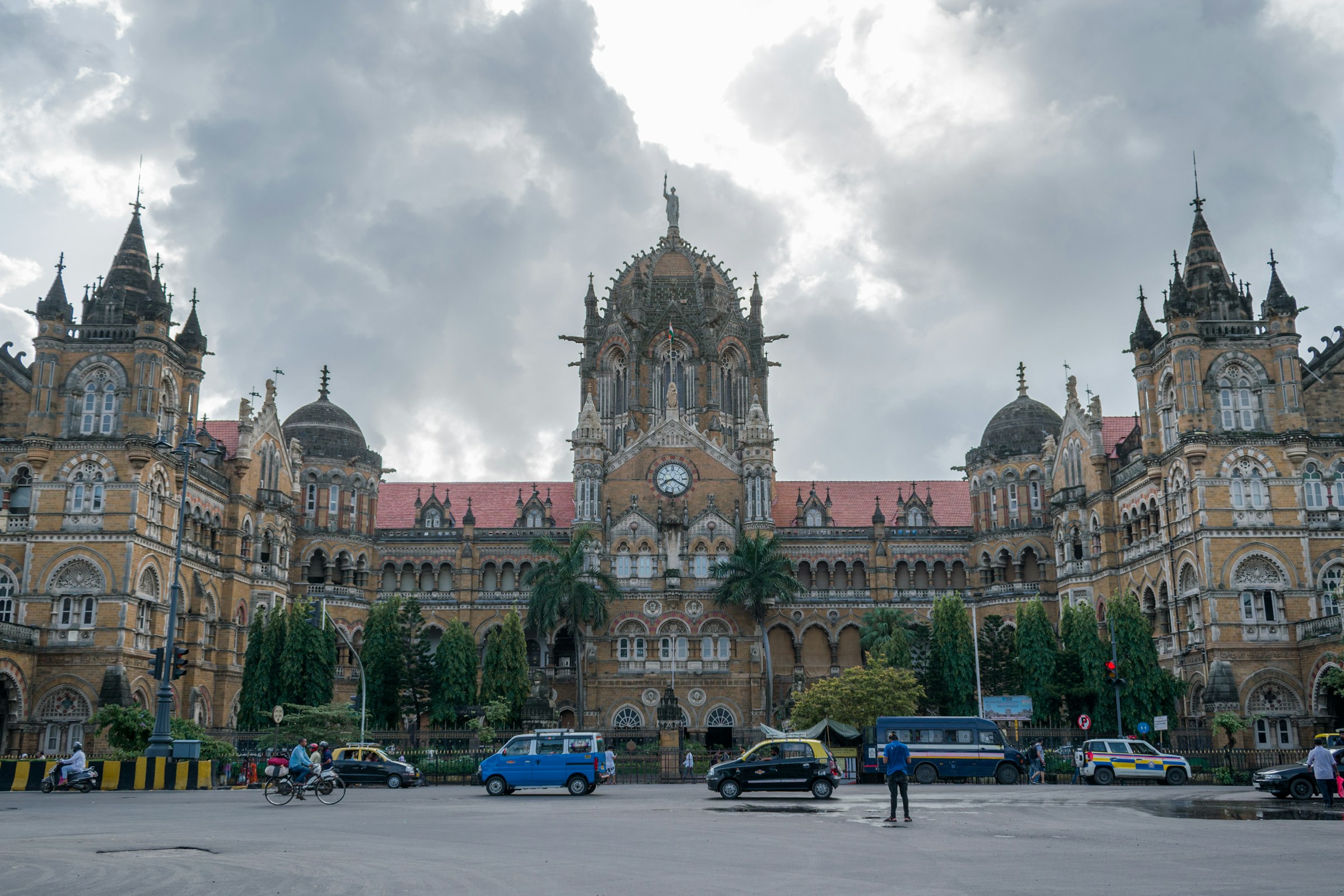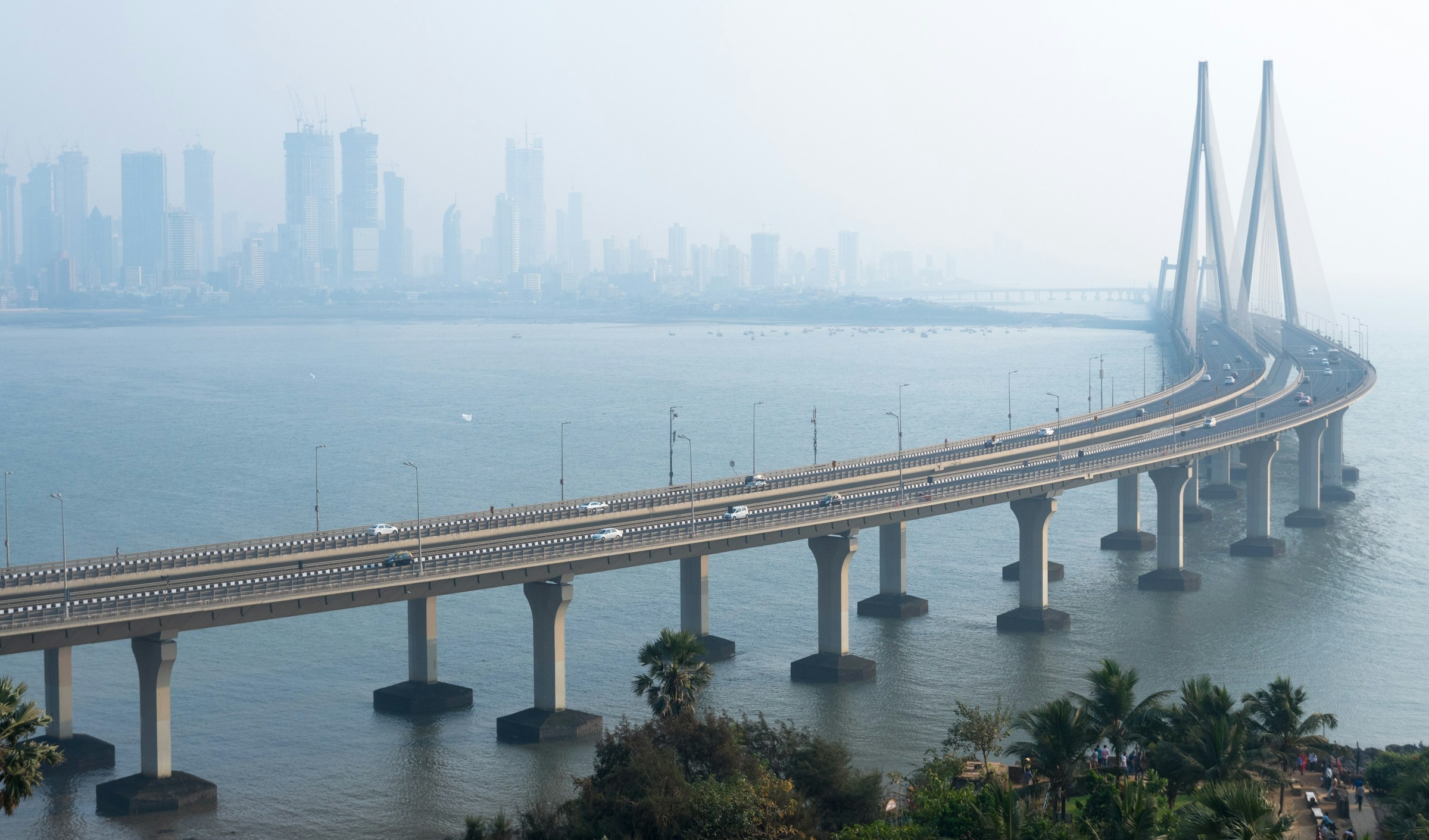Mumbai, Bhārat’s financial capital and one of the most populous cities in the world, is a bustling metropolis with a fascinating history. Before it became the vibrant city we know today, Mumbai was an archipelago of seven islands, each with its own unique identity and story. These islands, over centuries, were gradually fused together through land reclamation to form the present-day Mumbai. Let’s delve into the history of these seven islands and explore how they transformed into a single urban expanse.
Colaba 🔗

Located to the south of Bombay Island, Colaba was initially separated by a narrow creek. The island’s strategic position made it vital for defense purposes during the colonial period. Colaba is now a bustling area known for its vibrant street markets, iconic landmarks like the Gateway of India, and the famous Taj Mahal Palace Hotel. It has retained its historical charm while evolving into a lively commercial hub.
Old Woman’s Island (Little Colaba) 🔗
Old Woman’s Island, or Little Colaba, lies just north of Colaba. It got its name from the Koli fisherfolk community, who referred to it as “Al-Omani,” meaning “the old woman.” Historically, this island was less developed compared to its neighbors. Today, it is integrated into the larger Colaba area and is known for its upscale residential neighborhoods and consulate offices.
Bombay Island (Isle of Bombay) 🔗

Bombay Island was the largest and the most significant of the seven islands. It housed the original settlement of Bombay, which derived its name from the Portuguese name “Bombaim,” meaning “Good Bay.” The island featured natural harbors that were crucial for trade and played a significant role in the city’s development as a major port. The Fort area in South Mumbai, with its colonial architecture, reflects the historical importance of this island.
Mazagaon 🔗
Mazagaon was home to a diverse community of Portuguese and Indian residents. The island was known for its gardens and orchards, and remnants of its colonial past can still be seen in structures like the Portuguese Church of Nossa Senhora de Bom Concelho. Modern-day Mazagaon is a bustling residential and commercial district, reflecting the blend of old and new Mumbai.
Worli 🔗

Worli, an island with a rich history dating back to the British colonial period, was known for its fishing villages and forts. The Worli Fort, built by the British, offers a glimpse into its past. In modern times, Worli is a commercial and residential hotspot, famous for the Bandra-Worli Sea Link, which is a marvel of modern engineering connecting it to Bandra.
Parel 🔗
Parel Island was a serene area dominated by agricultural activities and was dotted with temples. The region was transformed during the British era when it became an industrial hub with numerous textile mills. Today, Parel is a prime example of urban transformation, hosting luxury residential complexes, corporate offices, and renowned healthcare institutions.
Mahim 🔗
Mahim Island was once a key stronghold during various colonial and indigenous reigns. The Mahim Fort, built by the Portuguese in the 16th century, still stands as a reminder of the island’s strategic importance. Mahim is now a densely populated area known for its historical churches, bustling markets, and the Mahim Causeway, which connects it to other parts of Mumbai.
The transformation from seven islands to a unified Mumbai began in the 18th century, spearheaded by the British. Massive land reclamation projects merged the islands, creating a single landmass. This engineering feat facilitated better connectivity, trade, and urban planning, paving the way for Mumbai to become Bhārat’s financial and cultural capital.
Today, the legacy of the seven islands is embedded in the fabric of Mumbai, with each area reflecting its unique history while contributing to the dynamic and cosmopolitan character of the city. From historic forts and colonial architecture to bustling markets and modern skyscrapers, Mumbai’s evolution from an archipelago to a metropolis is a testament to its resilience and adaptability.